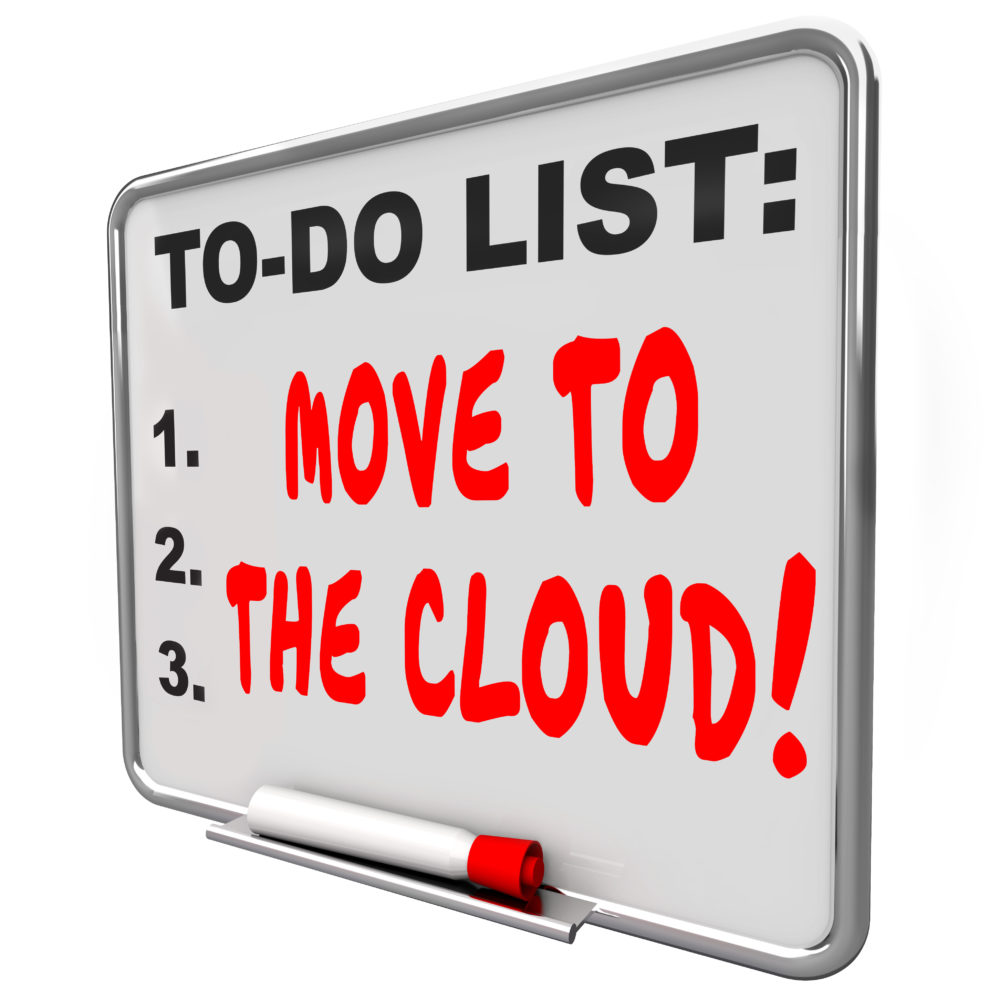Many small businesses use a variety of applications from QuickBooks to Salesforce to handle the needs of company operations. Though larger businesses can use the same mishmash of applications, most have moved to a single Enterprise Resource Planning (ERP) application that meets the same needs but in a single application. With such an excellent resource available, most companies are now focused on moving their ERP apps to the Cloud.
Keeping Up with the Times
As technology has grown and we have become more mobile as a society, the ERP software is moving to the Cloud for improved access and speed. Hosting the ERP in the Cloud makes the app more user-friendly for a dispersed work environment. In other words, by hosting its ERP application on the Cloud, a company can share the benefits of the application with a distributed workforce. Individuals and departments in different locations such as remote employees, branch offices, and salespeople in the field can access the ERP quickly and effortlessly.
While ERP applications are big software that can be cumbersome and are often cost-prohibitive for small businesses, larger businesses have realized the many benefits a single application has to offer. For starters, an ERP can fully integrate all aspects of sales, production, human resources, accounting, and more under one application. Rather than deal with eight to 10 applications to handle business like most small companies, large companies can work with a single ERP application.
Additionally, ERPs build workflows that eliminate jobs as the various modules can “talk” to one another to complete multiple phases of a project that once took many people. For example, the manufacturing module of an ERP can communicate with the accounting module to signal that a product has been finished so the client can be automatically invoiced. With processes locked into place, it requires fewer people to handle operations meaning companies can save money on manpower.
Benefits of Moving ERPs to the Cloud
Savvy small businesses transitioned their apps to the Cloud long ago in the form of Software as a Service (SaaS). This allowed small businesses to work more nimbly while adapting faster to changing technology and our modern mobile society. The ERPs of the past often slowed larger companies down when it came time for such technology and working world adaptations due to their sheer size, much like turning the Titanic versus a tugboat.
The good news is that as larger ERPs have improved over the years, there’s been a push to move them to the Cloud. No longer do companies have to bog down their networks and limit employee access by hosting their ERPs locally. Today, moving business ERP apps to the Cloud offers many benefits including:
- Faster Access to Business Systems
- Ease of Management of the ERP
- Simple Access for a Remote and Distributed Workforce
- Allows for Unhindered, Seamless Growth
Transitioning to the Cloud
At ORAM, our advisors caution companies to avoid biting off more than they can chew when transitioning their ERP application to the Cloud. We highly suggest moving one department at a time after serious transitional planning. The order of operations and departments that are moved to the Cloud will depend on the unique needs of each company.
The biggest mistake businesses make as they transition their ERP apps to the Cloud is the lack of accounting for on-premises and legacy systems. Most companies have older systems in place they still utilize that need to be able to connect with the ERP once it is moved to the Cloud. For example, if a company has a large envelope printer from 1984 it still uses, that legacy system needs to be able to communicate with ERP to continue business operations without interruption.
The way to best approach moving ERP applications to the Cloud is with much discussion, forethought, and planning. You’ll need to look at your overall business workflow and operations. Employees on the front lines in each department can offer insights into processes, procedures, regular deadlines, and operations that may impact your transition plan.
In addition, consultants like those at ORAM can offer assistance with proper planning. Should your business require assistance in transitioning its ERP application to the Cloud without negatively impacting your business, the experts at ORAM Corporate Advisors can help through our consulting services. Call us today at (617) 933-5060 or visit us online.



